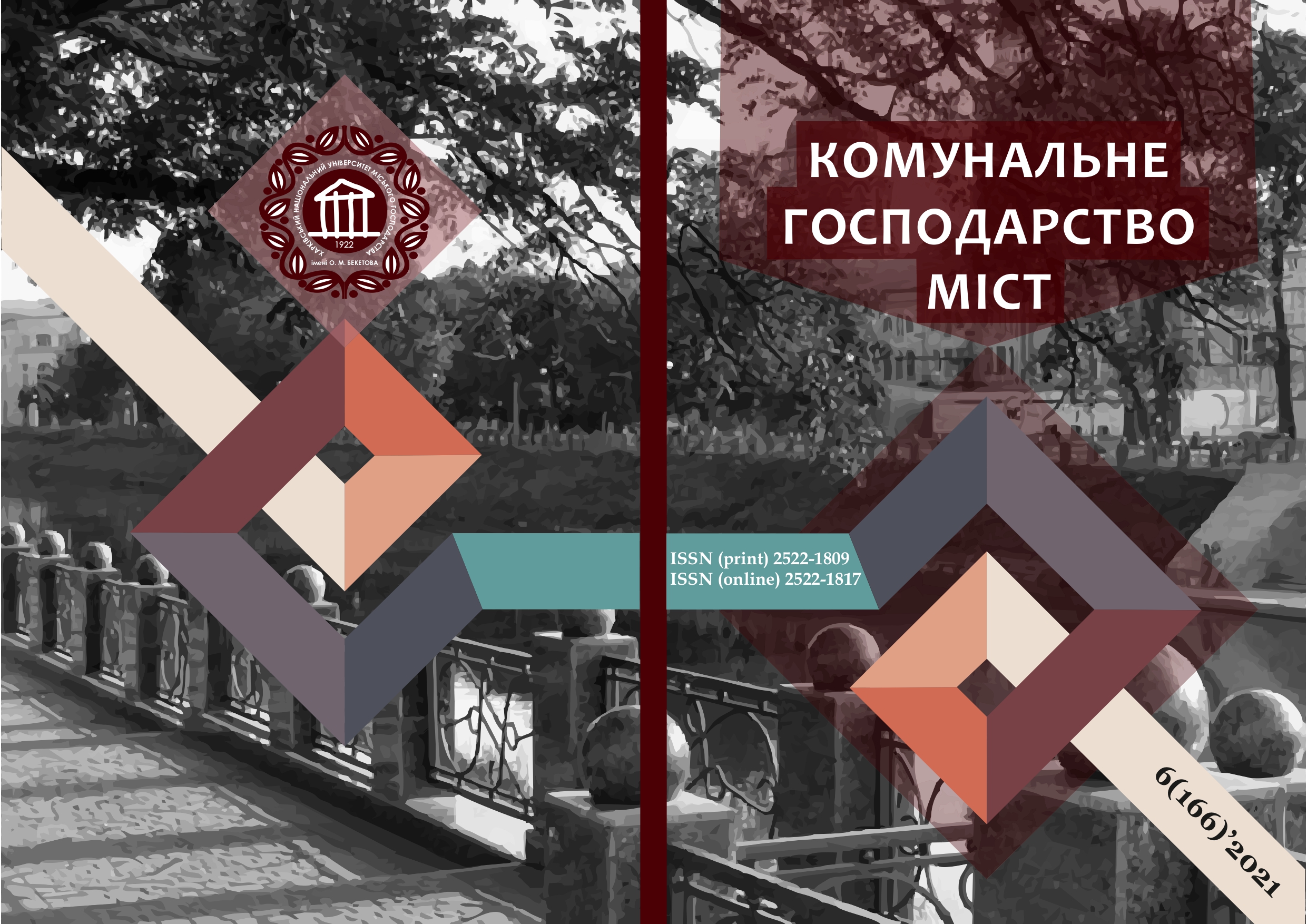DETERMINATION MODEL OF MAXIMUM DRIVING DURATION DURING DANGEROUS GOODS TRANSPORTATION
Array
Keywords:
road safety, driver’s functional condition, traffic flow, road condition complexity, dangerous goods transportation.Abstract
The increase and compaction of large cities population of in Ukraine encourage the use of more resources for the construction of various settlements, as well as for the maintenance and operation of other facilities. Accordingly, the volume of cargo transportation associated with the creation and maintenance of these facilities is increasing. All new tasks related to the safety of dangerous cargo transportation are being created.
The article considers the topical issue of the influence of human factors on traffic safety. It is known that in the process of road freight there are interconnected elements that form the system "driver - car - road - environment". If the technical parameters of cars and roads are known and can be predicted, then the variable parameters of the environment and the driver are further the least studied elements of this system. When transporting dangerous goods, the cost of driver error is extremely high, as accidents that can occur involving such vehicles have serious consequences.
The following studies were used in the research: methods of field research to establish the values of traffic flow intensities on highways; in-house research methods to determine the value of road capacity; electrophysiological methods to determine changes in the functional state of drivers; methods of system analysis for processing the results of research and their interpretation; methods of statistical and mathematical analysis for the formation of models for determining the maximum allowable driving time of drivers who carry dangerous goods.
Experimental studies of driver's regulatory systems activity index change, considering different ages and socionic groups were carried out. This task also included study of road condition complexity impact on the driver during second class dangerous goods transportation in the settlements or out of them.
References
2. Magnusson, C.N. (2015). Transportation of Dangerous Goods: A Multiple Stakeholder Analysis for Improved Efficiency and Safety through Information Sharing. NOFOMA conference, Molde, Norway, 1–16.
3. Laarabi, M.H., Boulmakoul, A., Sacile, R., & Garbolino, E. (2014). A scalable communication middleware for real-time data collection of dangerous goods vehicle activities. Transportation Research Part C: Emerging Technologies, 48, 404–417. DOI: http://dx.doi.org/10.1016/j.trc.2014.09.006
4. Bianco, L., Caramia, M., Giordani, S., & Piccialli, V. (2013). Operations research models for global route planning in hazardous material transportation. Handbook of OR/MS models in hazardous materials transportation. Springer, New York, 49–101. DOI: https://doi.org/10.1007/978-1-4614-6794-6_3
5. Conca, A., Ridella, C., & Sapori, E. (2016). A risk assessment for road transportation of dangerous goods: a routing solution. Transportation Research Procedia, 14, 2890–2899. DOI: https://doi.org/10.1016/j.trpro.2016.05.407
6. Marcotte, P., Mercier, A., Savard, G., & Verter, V. (2009). Toll policies for mitigating hazardous materials transport risk. Transportation science, 43(2), 228–243. DOI: https://doi.org/10.1287/trsc.1080.0236
7. Rodrigues, M.S. Safe routes for hazardous materials transportation Distribution of Galp liquid fuels in Lisbon. URL: https://www.semanticscholar.org/paper/Safe-routes-for-hazardous-materials-transportation-Rodrigues/e1aa85ba87a9b3ae6ffd9b78ae2bcd2f1afb73f0#references
8. Khosrojerdi, A., Teimoury, E., & Jabbarzedeh, A. (2016). Design of 7× 24 logistics system for hazardous materials (case study: distribution of gasoline). Journal of Industrial and Systems Engineering, 9(4), 47–64. DOI: https://dorl.net/dor/20.1001.1.17358272.2016.9.4.4.6
9. Davidich, Y.O. (2006). Ergonomic support of transport processes. Monograph. HNADU, Kharkiv. [in Ukrainian]
10. Obydenova, T.S., Vasylieva, M.O. (2021). Socionics as a tool to increase the efficiency of personnel management of the organization. Modern Economics, 66, 116–120. DOI: https://doi.org/10.31521/modecon.V26(2021)-17
11. Polar H10 Heart rate sensor. URL: https://www.polar.com/en/products/accessories/H10_heart_rate_sensor
12. Mobile apps and web dashboard for HRV analysis. URL: https://www.cardiomood.com
Downloads
Published
How to Cite
Issue
Section
License
The authors who publish in this collection agree with the following terms:
• The authors reserve the right to authorship of their work and give the magazine the right to first publish this work under the terms of license CC BY-NC-ND 4.0 (with the Designation of Authorship - Non-Commercial - Without Derivatives 4.0 International), which allows others to freely distribute the published work with a mandatory reference to the authors of the original work and the first publication of the work in this magazine.
• Authors have the right to make independent extra-exclusive work agreements in the form in which they were published by this magazine (for example, posting work in an electronic repository of an institution or publishing as part of a monograph), provided that the link to the first publication of the work in this journal is maintained. .
• Journal policy allows and encourages the publication of manuscripts on the Internet (for example, in institutions' repositories or on personal websites), both before the publication of this manuscript and during its editorial work, as it contributes to the emergence of productive scientific discussion and positively affects the efficiency and dynamics of the citation of the published work (see The Effect of Open Access).

